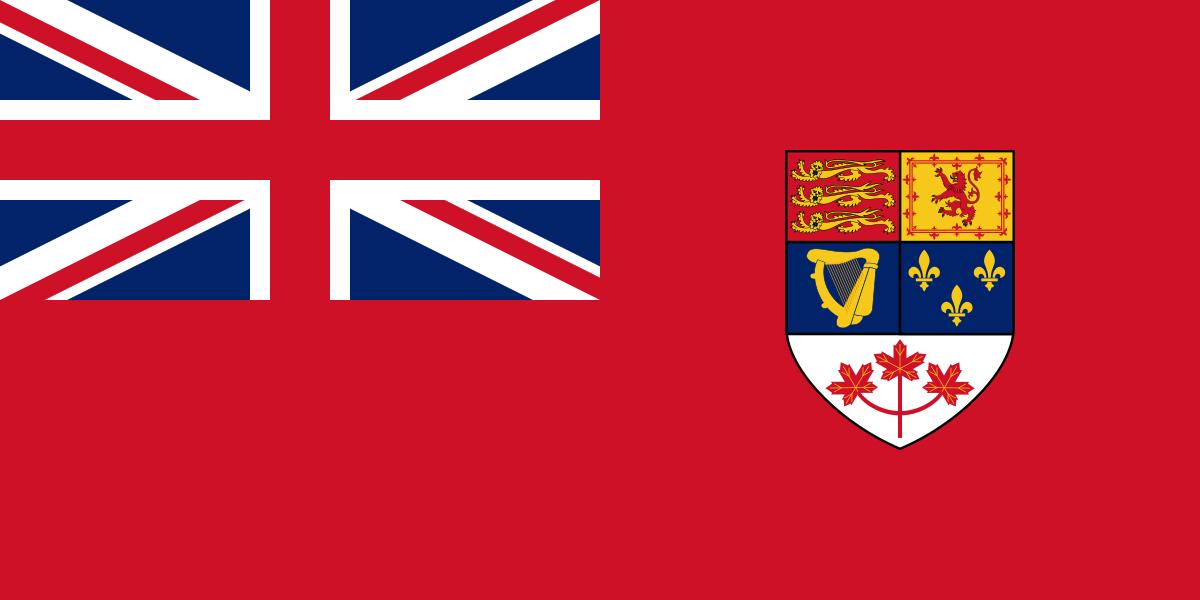

In a decision that should surprise no one, a Federal Court Judge has ruled that a lawsuit was so poorly written that it was impossible to answer. (See archive and CanLII).
Justice Simon Fothergill ruled “the statement of claim is an embarrassing pleading. It contains much that appears to be unnecessary. As well, it is constructed in a manner calculated to confuse the defendants and to make it extremely difficult, if not impossible, to answer.”
In short, the document was incoherent, filled with irrelevant material, and so disorganized that it was unreasonable to expect the Defendants to respond. But it gets much worse.

Approximately two thirds of the more than 600 Plaintiffs are permanently barred from taking legal action. The other third can still go ahead, but the case needs to be completely redone.
Broadly speaking, there are 2 different classes of Plaintiffs:
(1) Employees of the Federal Government, listed on Schedule A
(2) Employees of Federally regulated industries, listed on Schedule B
Federal employees are stopped by Section 236 of the FPSLRA, which is the Federal Public Sector Labour Relations Act. In short, workers employed by the Government are prohibited from filing lawsuits, and must seek other methods, such as arbitration.
Not only can they not turn to the Court, but it appears they passed on what few remedies were available, such as asking for exemptions, and going through the grievance process. And, if this retainer agreement is a valid document, it would mean they paid $1,000 each.
The Plaintiffs who are in Federally regulated industries can still theoretically proceed. But there are other significant problems.
Even if the case were allowed to proceed in its entirety, all Plaintiffs would have to be named properly. Close to 100 of them are “John Doe” or “Jane Doe”.
Sections 18(1) and (3) of the Federal Courts Act state that litigants who want to challenge Government Orders and seek injunctive relief are required to do so by way of Application for Judicial Review. This lawsuit didn’t do that. Instead, a Statement of Claim was filed. That’s right, the wrong paperwork was filed to begin with.
There are a few possible remedies here. First, the Claim could be redone as an Application. Second, the portions pertaining to challenging the Order can be removed.
Beyond that, the challenge (regardless of format) would have to be completely rewritten. The Court found that it was seriously deficient, and pleaded so poorly that a response was impossible.
173 (1) Pleadings shall be divided into consecutively numbered paragraphs.
Allegations set out separately
(2) Every allegation in a pleading shall, as far as is practicable, be set out in a separate paragraph.
Material facts
174 Every pleading shall contain a concise statement of the material facts on which the party relies, but shall not include evidence by which those facts are to be proved.
Particulars
181 (1) A pleading shall contain particulars of every allegation contained therein, including
(a) particulars of any alleged misrepresentation, fraud, breach of trust, willful default or undue influence; and
(b) particulars of any alleged state of mind of a person, including any alleged mental disorder or disability, malice or fraudulent intention.
As stated in the original critique, this suit failed to meet even the bare minimum standards of drafting as set out by the Federal Courts Rules.
This is a common problem is many of these cases. While there are accusations made everywhere, there are rarely (if ever) sufficient facts pled to allow a meaningful defence. Defendants are entitled to know what the case is that they must address.
As Justice Fothergill noted, it was “embarrassing” and “bad beyond argument”.
Surprisingly, things still go downhill.


In the Motion to Strike, the Defendants brought up the issue that large portions of this case were substantially similar (and sometimes identical) to the Action4Canada case that was thrown out last August. This includes:
- allegations of criminal behaviour;
- broad declarations respecting the current state of medical and scientific knowledge;
- and a declaration that administering medical treatment without informed consent is a crime against humanity
Instead of Action4Canada accepting that certain remedies were beyond the scope of a Civil Court, the organization appealed. 6 months after that ruling (which allowed a rewrite), no amended Claim has been filed. It’s unclear if one ever will be.
Now the Action4Canada ruling has been used as a partial basis for throwing out the Federal case. Justice Fothergill also noted that the pleadings were just as bad here as with the other suit.
So, what will happen now? If the Action4Canada case is any indicator, there will be an Appeal filed with the Federal Court of Appeals. Nothing will never come of it, other than to waste time and money.
Do read the reasons given by Justice Fothergill. It’s mindboggling that such paperwork can be submitted and taken seriously. (See original Claim).
The outcome of this Federal case was predictable and it was far more than mere sloppiness. It takes considerable skill and effort to draft something this poorly.
FEDERAL VAXX PASS CHALLENGE
(1) https://policeonguard.ca/wp-content/uploads/2022/06/Filed-SOC.pdf
(2) Federal Court Vaccine Mandate Challenge
(3) Federal Vaccine Passport Challenge Retainer Agreement
(4) Federal Court Vaccine Mandate Challenge Motion To Strike
(5) Federal Court Vaccine Mandate Challenge Affidavit Of Service
(6) Federal Court Vaccine Mandate Challenge Responding Motion Record
(7) Federal Court Of Canada Rules
(8) https://www.laws-lois.justice.gc.ca/eng/acts/F-7/page-3.html#docCont
(9) https://www.laws-lois.justice.gc.ca/eng/acts/P-33.3/page-13.html#h-406405
(10) https://decisions.fct-cf.gc.ca/fc-cf/decisions/en/item/522970/index.do
(11) T-1089-22 Federal Court Decision On Motion To Strike
(12) https://www.canlii.org/en/ca/fct/doc/2023/2023fc252/2023fc252.html
(13) https://canucklaw.ca/wp-content/uploads/Federal-Vaccine-Passport-Challenge-Retainer.pdf
EARLIER REVIEWS
(1) https://canucklaw.ca/federal-vaxx-pass-claim-fatally-defective/
(2) https://canucklaw.ca/ottawa-files-motion-to-strike-federal-vaccine/
(3) https://canucklaw.ca/federal-vaccine-passport-case-hears-motion-to-strike-claim/











